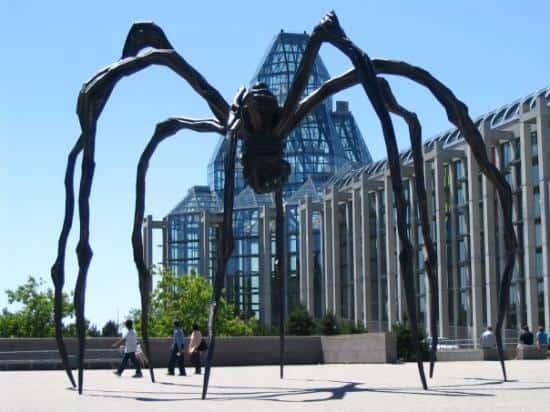
 What’s the role for the museum in an age of fake news? More and more, it’s to be a go-to source for established facts in a fractious landscape.
What’s the role for the museum in an age of fake news? More and more, it’s to be a go-to source for established facts in a fractious landscape.
Attendance is up this year at Canada’s national museums, with much of the increase having to do with national sesquicentennial celebrations swelling pride and interest in all things Canada. But museum heads are saying that concerns over fake news and related problems of information-gathering are fuelling the rise, as well.
“There is so much — for lack of a better term, I will call it noise —there are so many different stories: ‘What is news? Is it fake news? What’s going on?’ ” said Fern Proulx, chief executive officer of three of Canada’s national museums in Ottawa, to the Canadian Press. “Museums are a trusted source of information. We need to be prominent in that space.”
Although the need to sort fact from fiction is nothing new, its relevance has grown in recent years due to the rise in social media, whose laudably democratic platforms give anyone the power to reach out to the masses, yet by the same token make it more difficult for consumers to be sure that the information they’re getting is reliably sourced.
While in the past, people turned to established media sources such as newspapers and broadcast journalism, the majority today get their news online through Facebook feeds and Twitter posts, where the difference between objective fact and made-up fantasy is not always clear. The issue came to prominence in the run-up and aftermath of the 2016 United States election where it was discovered that fake news stories had been deliberately planted online in attempt to influence public opinion.
Enter the museum, better known for dusty collections of old bones and stodgy historical displays. Yet that same dogged (read: boring) determination to painstakingly research and tell the truth has now become a particular virtue in this day and age.
“In addition to being a place of inspiration, which is the public engagement part of what we do . . . we’re also the keeper of the evidence and the creator of knowledge based on the study of the evidence,” says Meg Beckel, president and chief executive officer of the Museum of Nature in Ottawa. “And all of that makes what we do real and relevant.”
Being a purveyor of truth and objectivity is not easy, however, especially when it comes to national history, as witnessed by continuing debates over portrayals of the role of Indigenous peoples in shaping Canada.
In 2015, the Truth and Reconciliation Commission released its report including 94 “calls to action” for the Canadian government in aid of repairing the harms caused by residential schools programs. One key element was a call for Canada’s museums to change their approach to telling Canadian history so as to be more inclusive of the Indigenous story.
In response, museums are reviewing their policies and programs. The National Gallery, for example, recently opened a revamped Canadian and Indigenous gallery and the Canadian Museum of History opened a new Canadian History Hall said to offer a more integrated retelling of Canada’s history and its peoples.
Leave a Reply
You must be logged in to post a comment.



 Share
Share Tweet
Tweet Share
Share




Comment